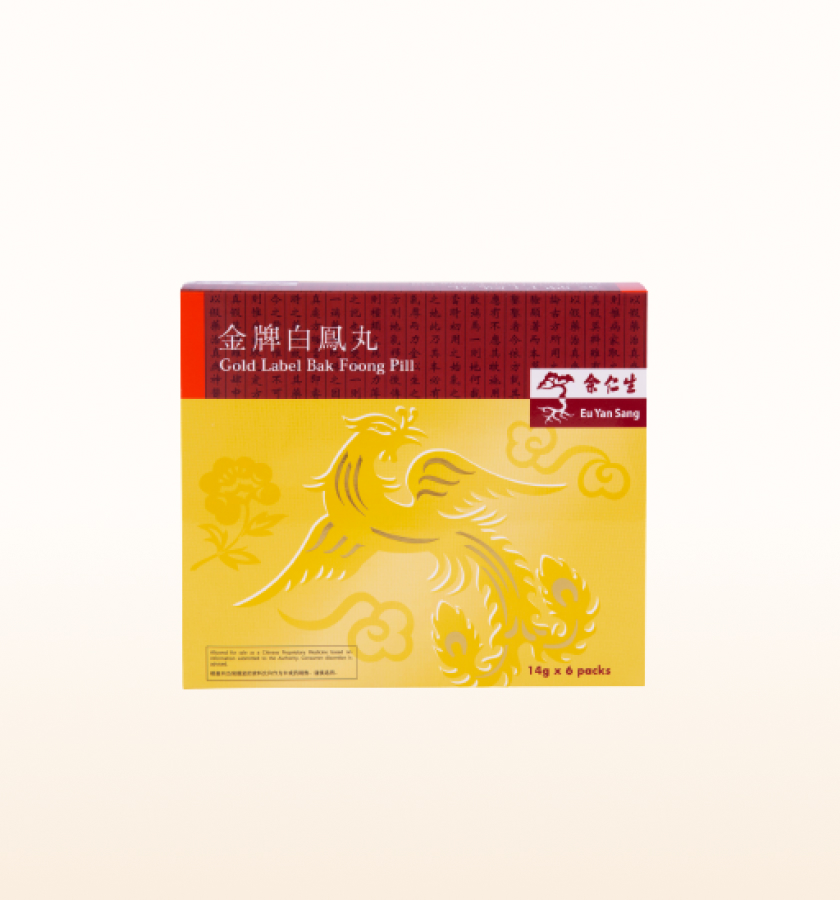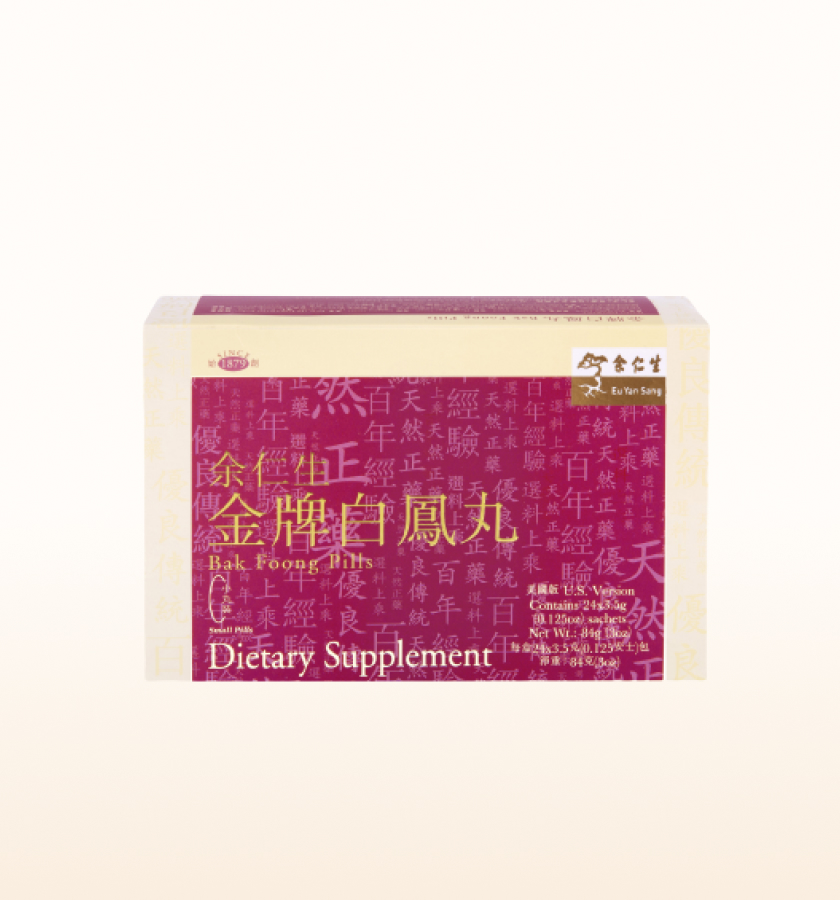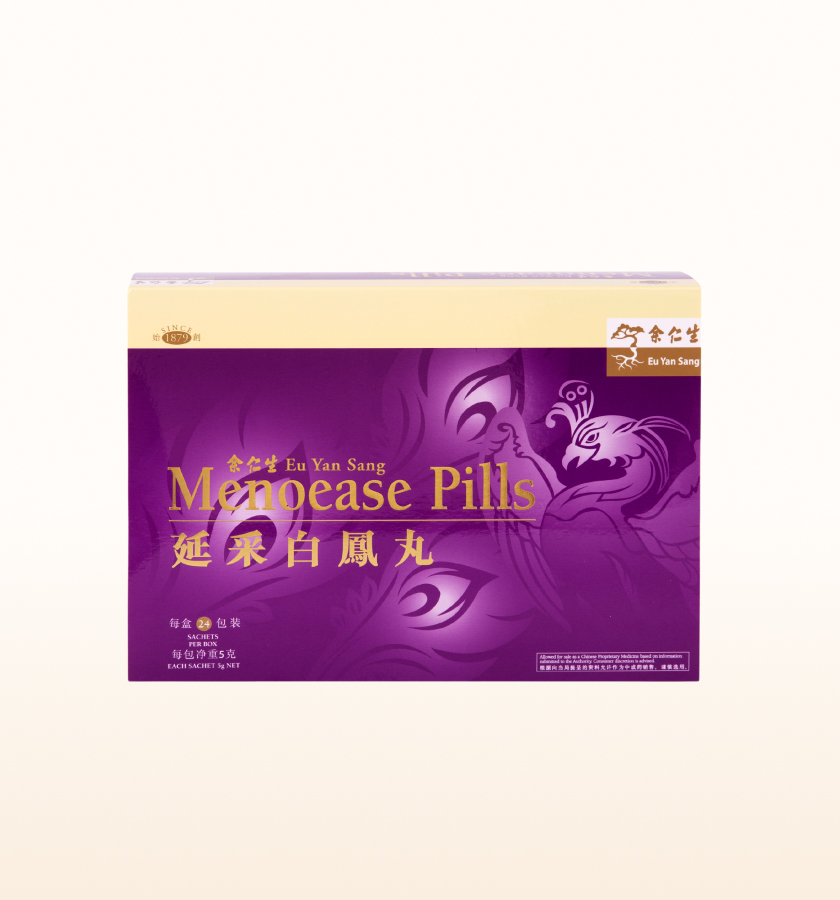Managing Menopause Symptoms
Menopause Symptoms: How to Take Charge of Your Changing Body
Posted on 7 Nov 2022

Are you having night sweats, hot flashes, or brain fog? Read on to discover how to get relief and when it’s time to seek professional help with managing the perimenopause symptoms.
Physical changes associated with menopause symptoms can begin several years before you have your final period. This transition phase – called perimenopause – may last 4 to 10 years. It begins with changes in the length of time between periods and ends a year after your final menstrual period. You have then entered menopause. For most women that happens between the ages of 40 and 58. The average age is 51.
Declining estrogen levels trigger the most common menopause symptoms. They include hot flashes, night sweats, and vaginal dryness, according to the North American Menopause Society. Brain fog, anxiety, mood swings, fatigue, urine leakage when coughing or sneezing and joint pain are also frequent symptoms.
Read on to learn more about available treatment options to manage your changing body.
Hormone Therapy for Menopause Symptoms
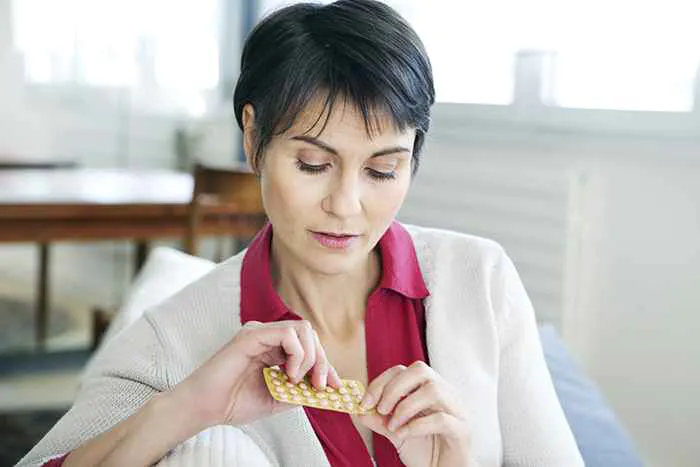
Hormone therapy can be administered in the form of pills.
Menopausal women may use hormone therapy to increase female hormone levels. Estrogen, either alone for women without a uterus, or as an estrogen-progestin combination is an effective treatment for the symptoms. The hormone(s) can be administered via pills, gels, cream, vaginal ring or tablet, spray, and skin patches.
There are some risks – although fewer than were originally reported – from taking hormone therapy. The Women’s Health Initiative shows that while these risks exist, the absolute risks are relatively small and much lower for younger women (50-59) than for older women. For example, the absolute increased risk of breast cancer for women taking the combination hormone therapy is less than one additional case of breast cancer per 1,000 person years of use.
According to the U.S. Department of Health and Human Services and the National Institutes of Health National Heart, Lung, and Blood Institute, around 6 million US women use estrogen-progestin replacement, although there are more than 40 million women in the US age 50 or older. Clearly, many women are looking for alternative therapies that ease symptoms.
Non-Pharmacological Medicines: The Preferred Alternative
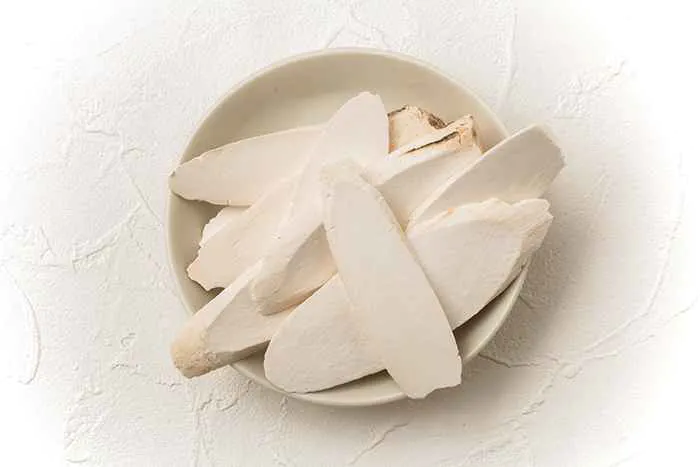
Dry yam is a Traditional Chinese Medicine herb known for treating menopause symptoms.
Despite the proven efficacy and safety of hormone therapies, many women may still choose to seek other non-pharmacological alternatives. It is important to note that while these alternatives may ease menopausal symptoms for some women, the scientific evidence to support their efficacy is minimal.
Traditional medicine
In Traditional Chinese Medicine (TCM), the cause of the menopausal symptoms is kidney deficiencies and liver qi (energy) stagnation, says Eu Yan Sang TCM physician Ho Li Ying. A combination of traditional Chinese herbs is effective in targeting problems related to the female reproductive system.
“Prepared rehmannia root (shou di), fleece flower root (he shou wu), and goji berries (gou qi zi) are remarkably effective in nourishing the liver and kidneys. Chinese Yam (shan yao) helps nourish the kidneys and strengthen the spleen,” explains physician Ho. Alternatively, you can consume Bak Foong Pills. This formula has honey, astragalus root, and corydalis (yan hu suo), which can help maintain hormone balance. Another supplement, Menoease pills contain astragalus root, rehmanniae radix (shu di huang), and ginseng, which help ease menopausal symptoms. After the first month of treatment, research has shown that Menoease pills effectively reduce menopausal symptoms, including hot flashes, night sweats, and swearing.
Besides TCM, you can also try jamu, traditional medicine from Indonesia that uses herbal medicines made from natural ingredients, such as honey, roots, bark, flowers, seeds, leaves, and fruits.
In addition to jamu, some women also take vitamin E, for its antioxidant properties and evening primrose oil for the omega-6 fatty acids it contains.
Acupressure points
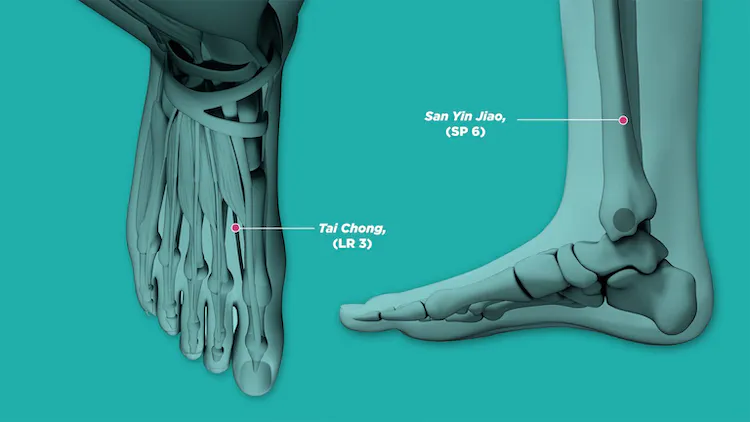
Pressing Tai Chong acupoint helps recuperate the qi, while San Yin Jiao acupoint helps nourish the kidneys, liver, and spleen.
Stimulating acupoints can also help to ease some symptoms of menopause, including depression, anxiety, and insomnia. “Tai Chong helps to recuperate the qi and blood in the body and relieve liver qi stagnation. San Yin Jiao helps to nourish and strengthen the kidneys, liver, and spleen,” adds physician Ho. The Tai Chong acupoint is located near the top of the foot in the webbing between your big toe and second toe, while the San Yin Jiao acupoint is located medially four-finger wide above the ankle
Perimenopausal symptoms are frequently disruptive and may last longer than a decade – they can even persist post-menopause. Fortunately, various management strategies are available to help you reduce discomfort during perimenopause and once your periods have stopped. If you are currently going through menopause, consult your gynecologist to discuss the most appropriate treatment for relieving symptoms.
